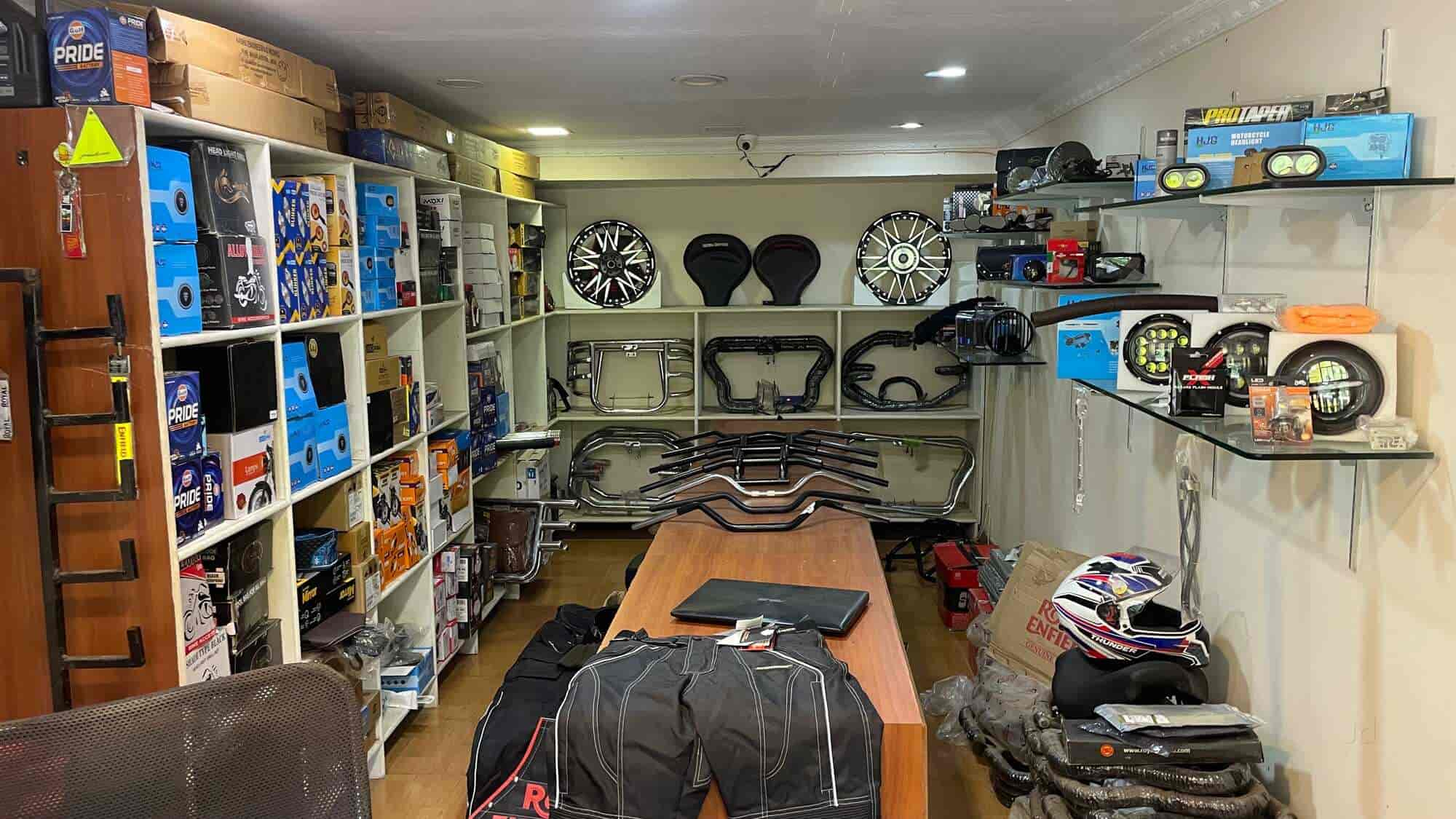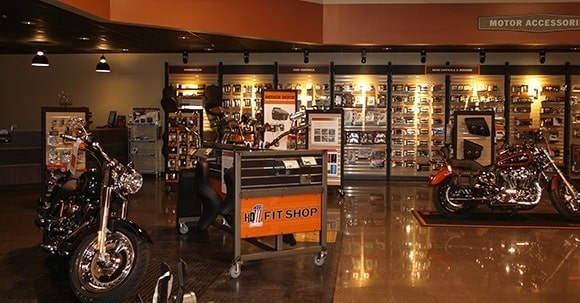Store the most effective MX Parts NZ for Your High-Performance Bike
Store the most effective MX Parts NZ for Your High-Performance Bike
Blog Article
Understanding the Vital Parts of a Motorbike: A Comprehensive Guide for Lovers
For bike fanatics aiming to raise their riding experience and guarantee their bikes run smoothly, recognizing the necessary components of a bike is paramount. Each element, from the engine's elaborate functions to the essential duty of the braking systems, not just affects efficiency however also safety and convenience. This guide will certainly go through the essential parts that every rider must know with, making it possible for informed selections in both maintenance and prospective upgrades. As we start this exploration, one must ask: how does each component communicate to develop the seamless experience every fanatic looks for?
Engine Parts

The camshaft plays an important duty in regulating the timing of the engine's shutoffs, guaranteeing the precise opening and closing needed for effective fuel and air intake, along with exhaust expulsion. This timing is crucial to keeping optimal engine performance and effectiveness. Additionally, the carburetor or fuel injection system, depending upon the bike design, is accountable for blending air with gas in the right ratio for burning.
The cooling system, either air or liquid-based, works to keep the engine's temperature within operational limits, stopping overheating and making certain durability - motorbike shop. Each part, thoroughly designed and incorporated, adds to the seamless procedure of the engine, defining the motorbike's power result and overall performance
Transmission System
Indispensable to the motorcycle's performance, the transmission system makes sure effective power transfer from the engine to the wheels. This system makes up several vital components, consisting of the clutch, transmission, and last drive, each playing an important role in translating the engine's power right into activity. The clutch, generally operated by a hand lever, offers to disengage the engine and engage from the transmission, enabling for smooth equipment adjustments and regulated acceleration.
The transmission, frequently referred to as the transmission proper, consists of a collection of equipments that cyclists can by hand change through to change the bike's rate and torque outcome. These gears are prepared in a sequence that enables the bike to increase efficiently and preserve optimal engine efficiency throughout different rates. Many motorbikes use a sequential gearbox, needing the biker to shift equipments in a fixed order.
Braking Systems
While comprehending the transmission system is key to taking advantage of a bike's power, similarly crucial is the capacity to regulate and quit that power efficiently, which is where braking devices enter play. Brakes are important for safety and efficiency, offering the motorcyclist with the essential control to navigate numerous terrains and problems. Usually, motorbikes include two sorts of braking systems: disc brakes and drum brakes.
Disc brakes are extra common in modern-day motorcycles due to their premium efficiency. This system uses better warm dissipation, regular performance, and enhanced stopping power, particularly in wet conditions.
Alternatively, drum brakes, though less typical, are still found in some motorbikes. They function by pushing brake footwear versus the internal surface of a drum affixed to the wheel. While typically much less effective in warmth dissipation and stopping power, drum brakes are easier and a lot more cost-efficient.
Recognizing these stopping systems' subtleties allows motorcyclists to preserve their bikes properly and appreciate the engineering that ensures risk-free and reliable stopping.
Suspension and Steering
Suspension and steering systems are crucial parts that considerably influence a bike's handling and ride comfort. The suspension system, including forks at the front and shock absorbers at the back, takes in road abnormalities, enhancing security and control. Front forks, usually telescopic or inverted, compress and rebound to alleviate effects, while back shock absorbers preserve tire contact with the road, essential for traction and safety and security.
Guiding, focused around the handlebars, connects the rider to the motorbike's directional control. The steering head bearings make certain smooth operation, enabling motorcycle license plate holder exact maneuverability. Proper placement and maintenance of these bearings are vital for foreseeable guiding reaction and decreasing cyclist exhaustion.
The suspension's adjustability is one more crucial element; preload, damping, and rebound setups enable personalization to fit various riding problems here are the findings and styles. This versatility is necessary for optimizing efficiency, whether navigating city roads or dealing with rugged routes. Technologies like digital shock absorber use real-time modifications, boosting adventure high quality across diverse surfaces.

Electrical Solutions
After guaranteeing a controlled and smooth trip with effective suspension and guiding systems, focus turns to the electric systems, a pivotal element of modern-day motorbikes. These systems play an important function not only in beginning the engine but additionally in powering various parts that improve the functionality and security of the motorbike.
At the heart of a motorcycle's electrical system is the battery, which stores electrical power essential for starting the engine and powering auxiliary systems - motocross gear nz. The generator or generator, paired with the rectifier-regulator, ensures the battery remains charged while the motorbike is in operation, transforming mechanical energy into electrical power and preserving voltage degrees
The ignition system, another important part, is accountable for firing up the air-fuel combination in the engine's cyndrical tubes. Modern bikes commonly use a digital ignition system, offering greater effectiveness and dependability contrasted to conventional systems.
Lighting systems, including headlights, tail lights, and signs, are also vital, guaranteeing visibility and safety for the motorcyclist. Extra digital parts such as sensing units, control devices, and presents add to innovative attributes like gas injection monitoring, anti-lock stopping systems (ABS), and electronic control panels, better enhancing the riding experience.
Conclusion
An extensive comprehension of a motorcycle's important elements, including the engine, transmission system, stopping systems, suspension, steering, and electrical systems, is essential for enthusiasts aiming to optimize performance, safety, and convenience. Mastery of these components permits notified choices relating to maintenance and upgrades, inevitably boosting the riding experience. By incorporating this understanding, cyclists can guarantee their motorbikes run at peak efficiency and integrity, consequently optimizing both enjoyment and durability of their cars.
For motorcycle lovers looking to boost their riding experience and ensure their bikes run efficiently, understanding the crucial elements of a motorbike is paramount.Essential to the bike's functionality, the transmission system guarantees efficient motorcycle exhaust heat shield power transfer from the engine to the wheels.While recognizing the transmission system is crucial to harnessing a motorbike's power, equally essential is the capacity to control and stop that power successfully, which is where stopping devices come into play. Usually, bikes include 2 types of stopping systems: disc brakes and drum brakes.
A detailed comprehension of a motorcycle's essential parts, consisting of the engine, transmission system, stopping devices, suspension, guiding, and electric systems, is indispensable for enthusiasts aiming to optimize convenience, performance, and safety.
Report this page